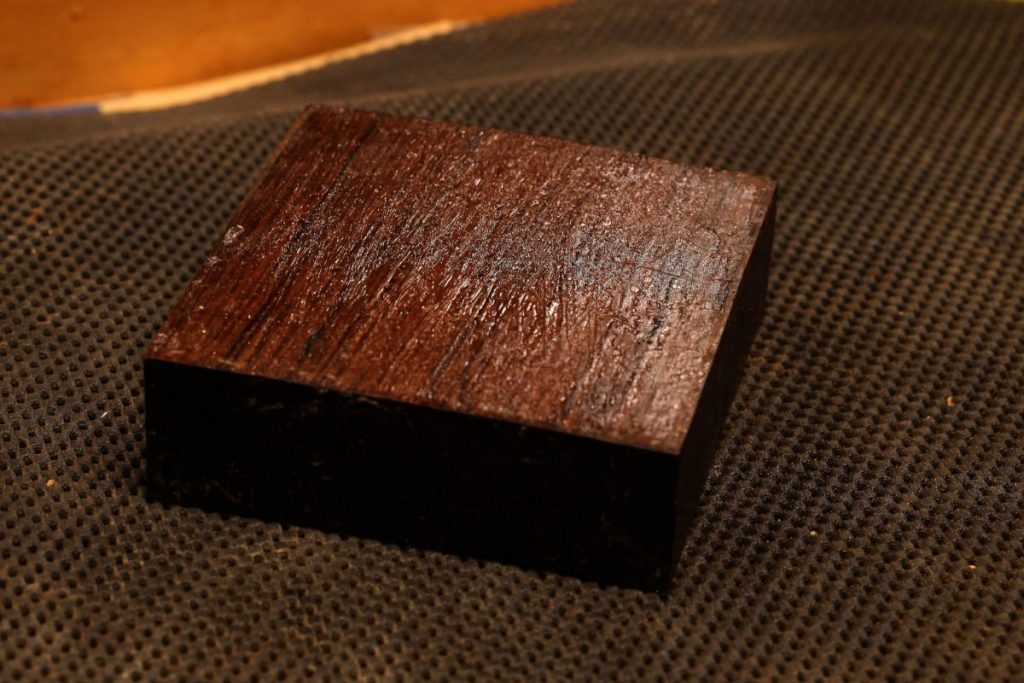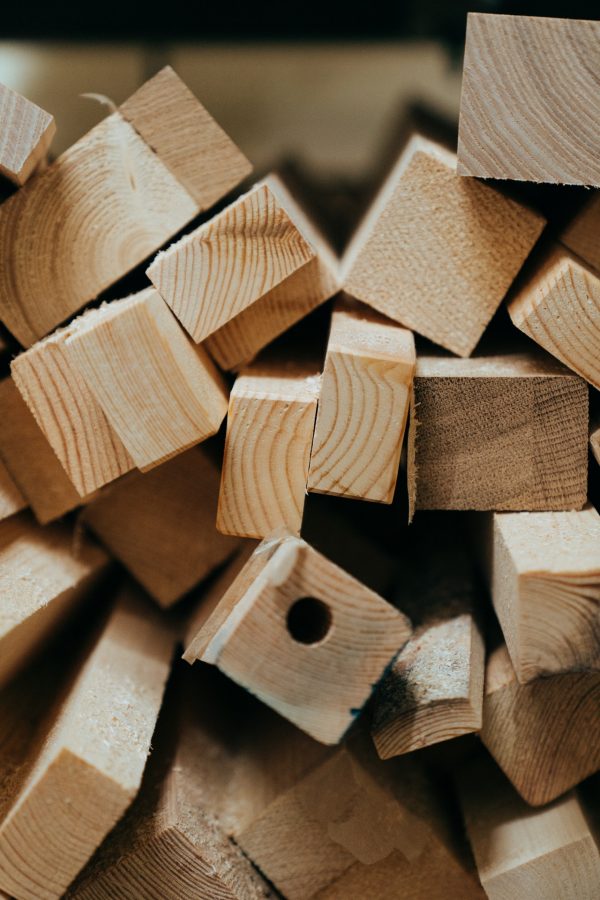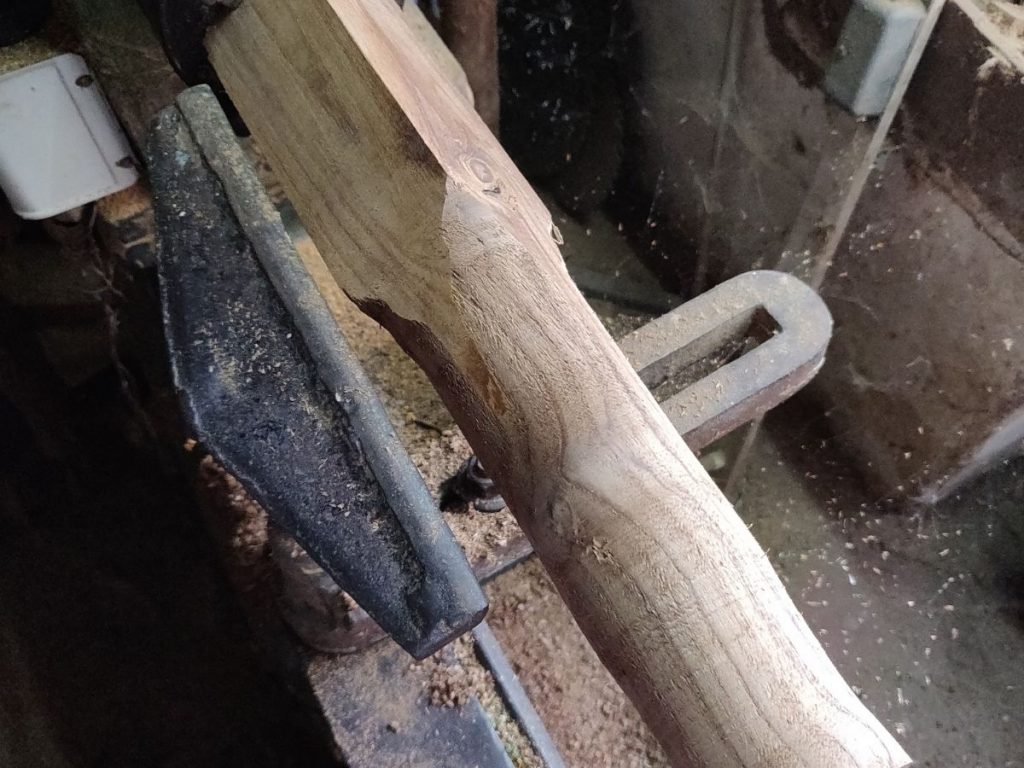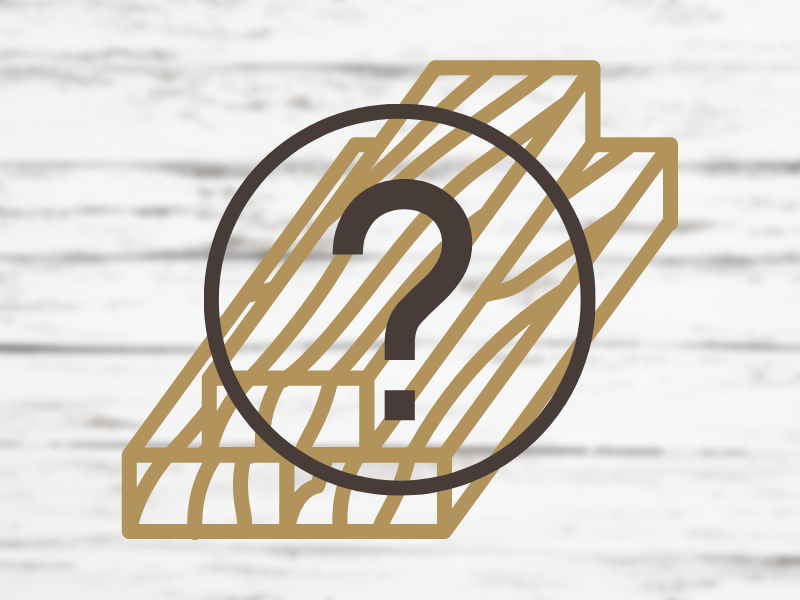Blanks or woodturning blanks are pieces piece of wood that have been processed and cut to certain dimensions. These pieces of wood are then used for construction, like a piece of furniture. So, you get ‘X’ number of blanks to make something like a cabinet.

What Are They Used For
They can be used to virtually make anything. In the process of construction, you can choose to make a blank in any shape. Yes, curved shapes like rounds and cylinders are also possible.
Professional blanks are made on a woodturning lathe. You can create anything from spoons and bowls to ornamental pieces on a lathe.
You start by attaching a chunk of wood to the lathe and fastening it securely. The lathe has a spindle that moves in a circular fashion. That is measured in rotations per minute or RPM and you can set the speed depending on what you’re trying to make.
While the piece of wood is stuck to the lathe and the spindle gets going, you can use tools like chisels to make the shape you want. It’s kind of like working on a potter’s wheel except with a piece of wood.
The Many Shapes and Sizes They Come In

Once again, depending on what you’re making, woodturning blanks come in many shapes and sizes. For instance, if you’re making a small bowl, — like in this step-by-step project, — you are looking for a 4 x 4-inch blank.
A big one can consume up to 12 x 12 inches. And the thickness ranges from two to at least six inches.
Pro-Tip: If you are gunning for a slender end product, you might want to use a long blank.
Common Sources for Turning Blanks
The most common types of sources of wood for turning blanks are cherry, cedar, walnut, and maple. You can also look up exotic woods if you have a specific pattern or fragrance in mind. That rule is also applicable if you want a specific strength, turnability, or hardness.
Now, you can pick any species of trees and any part of the tree for a good blank. But some are easier to work with and are stable too. That means it will not warp too much when you’re drying it. That’s good if you’re using a lathe.
Hardwood trees like oak and maple are obviously a preference. But you must learn about the species growing near you so that you can do some cost-cutting in terms of shipping. This includes learning about the type of grain—fine, medium or coarse and also the density of the tree which plays a key role in the drying process.
For example, boxwood is a good option but you might not find pieces that make for large blanks.
How They Are Made
Like in the movies, the process starts in a lumber yard with a giant log of wood. Get a big sawmill and get started on the sectioning. Then you work on it a little more with a bandsaw or a table saw. This is how you start producing blanks. If it is freshly cut wood, you can proceed to dry and turn it.

Wrapping Up
Now, another smart thing to do if you only have small projects is to figure out how to get free wood. Start by checking local tree chopping services. Their scrap can be your raw material.
Also, try connecting with local landscapers who might be able to put you in touch with a couple of sources. Building sites that are cutting trees down are also a good idea.
It’s unfortunate but you can cash in on it and not cut down more trees. Craigslist and eBay can also be surprisingly helpful with lumber deals. Contact woodturning clubs if any exist in your vicinity. Good luck!
